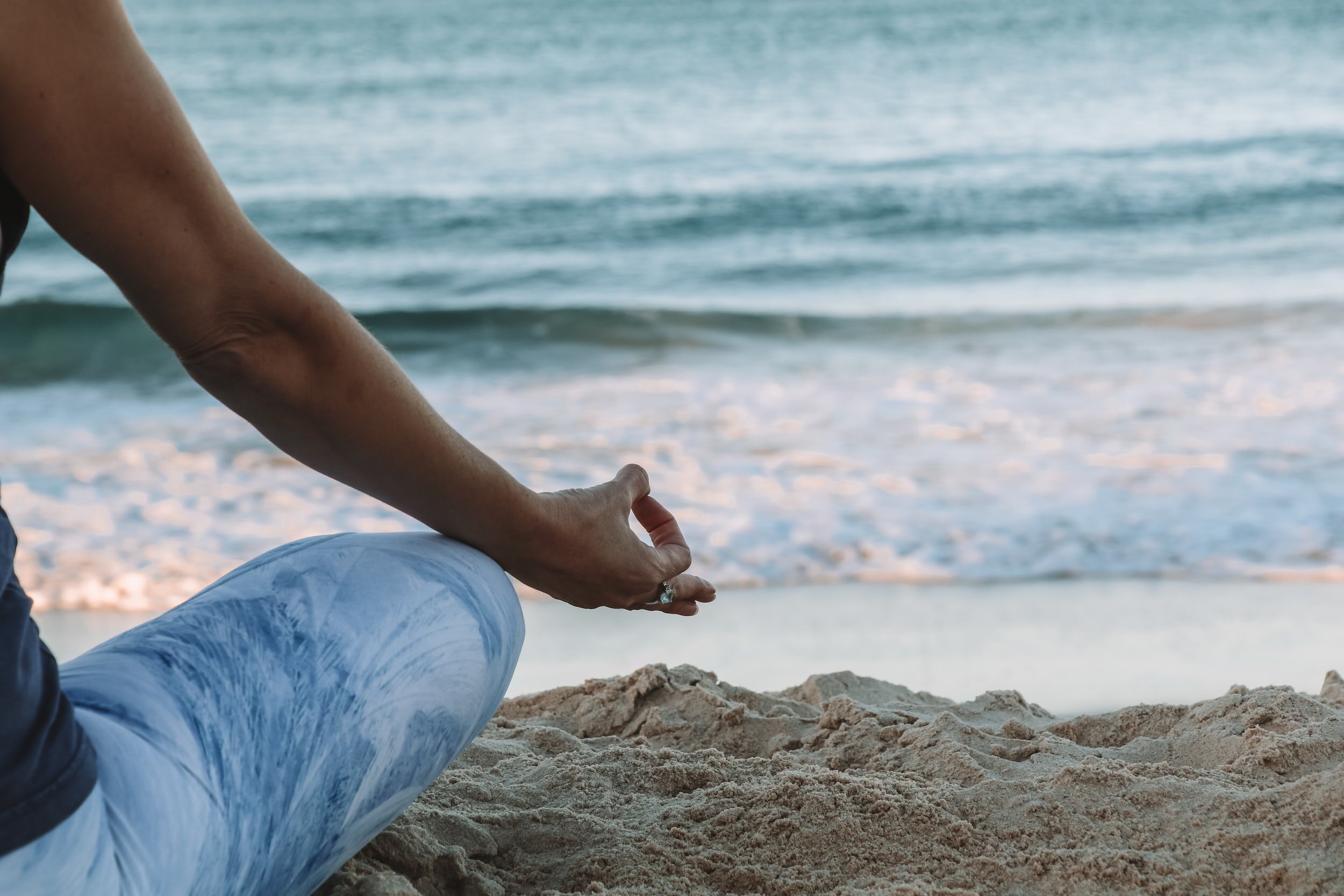Mindfulness and Its Impact on Stress
Mindfulness—it’s one of those fuzzy buzzwords you hear thrown around as if everyone knows what it is. Is it yoga or meditation? Is it a form of self-care? Are essential oils involved? The simple answer is yes. But it’s more than that.
Mindfulness truly is important, and it’s worth having a better understanding of it. To that end, we’re going to dig deeper and sharpen our understanding. In this article, we’ll define mindfulness, how to practice it, and how it can reduce stress and pain.
What is mindfulness?
Professor Jon Kabat-Zinn, the founder of the Mindfulness-Based Stress Reduction Clinic, defines “mindfulness” as “awareness that arises through paying attention, on purpose, in the present moment, non-judgmentally [...] in the service of self-understanding and wisdom.”
If you break down his definition you see that mindfulness requires intentional awareness of the moment you inhabit. This can include everything you’re feeling through your senses from the world around you as well as inside of you. It also includes your thoughts and emotions. As you notice these phenomena, you withhold judgment, which is difficult for us. Humans are persistent judgers.
As we practice this non-judgmental awareness, we work toward understanding ourselves and the unique ways we work. For example, you might notice where you hold tension in your body. You might find that you’re feeling a certain emotion. You might notice a pattern to your thoughts. Through practicing mindfulness, you can achieve a better understanding of yourself. And when you have a better understanding of yourself, you can distance yourself from reactions you’ve learned and acquired over time such as stress.
How can practicing mindfulness reduce stress and pain?
That’s right! By practicing mindfulness you can begin to control stress responses. Here’s an example. Imagine that every day on your drive home from work, you hit rush hour traffic. When that happens, your body tenses from head to toe.
Stress is a normal response. It’s what helped us survive back when we had to hunt for food and protect ourselves from predators. We no longer face predators in today’s world, yet we still experience stress. Often the levels of stress we experience are incommensurate with the cause: traffic, running late to a meeting, a slow-moving line at Starbucks.
How to practice mindfulness
So how can you train yourself to control these responses? Try some of these exercises.
Slow down. Rushing is the enemy of mindfulness. Practice stopping or slowing down.
Breathe with intention. Pause and focus on your breath. Breathe in through your nose and out through your mouth, noting the rhythm of the rise and fall.
Set your intention for the day. Think about or even speak aloud about how you want to approach your day and what you want to get out of it.
Check-in with yourself. Take notice of how you feel, physically and mentally. Don’t judge yourself, just acknowledge your feelings.
You can apply each of these simple steps to everything from waking up to eating to driving to work. As you become more aware of yourself, you might begin to notice the things that cause stress, pain, and strong emotions. Use your newfound awareness of these phenomena to temper or even avoid the causes.
As you continue practicing mindfulness, try new things. For example, sign up for a yoga class or make an appointment for a massage or both! Massages are great tools for relaxation and can put you in the right headspace to practice mindfulness.
The key to mindfulness is understanding that it is a practice and a journey. The goal is not to become a mindfulness master, but to remain a student, always learning.



